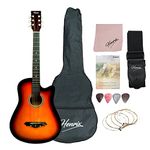10 bestBass Guitarsof December 2025
112M consumers helped this year.
1
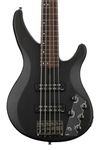
Yamaha TRBX505 5-String Electric Bass Guitar, Translucent Black
YAMAHA

9.8
2
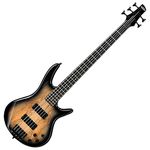
Ibanez Bass Guitar SR Gio series 5 string GSR205SM-NGT
Ibanez

9.6
3
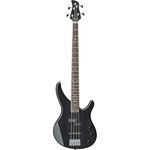
Yamaha 4 String Bass Guitar, Right Handed, Translucent Black, (TRBX174EW TBL)
YAMAHA

9.4
4

Ibanez Bass Guitar SR Gio series 5 string GSR205B-WNF
Ibanez

9.2
5
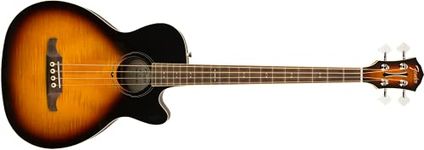
Fender FA-450CE Acoustic Bass, with 2-Year Warranty Sunburst, Laurel Fingerboard
Fender

8.9
6

Yamaha TRBX174 4-String Electric Bass - Old Violin Sunburst
YAMAHA

8.7
7
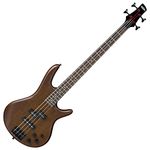
Ibanez Bass Guitar SR Gio series 4 string GSR200B-WNF
Ibanez

8.4
8
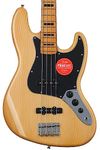
Fender Squier Classic Vibes 70's Jazz Bass Natural 374540521
Fender

8.2
9
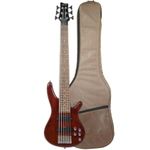
Vault Performer Pro RB6 Six String Electric Bass Guitar with Gigbag - High Gloss Solid Mahogany
VAULT

7.9
10
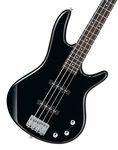
Ibanez Bass Guitar SR Gio series 4 string GSR180-BK
Ibanez

7.7
Best Reviews Guide Newsletter
Get exclusive articles, recommendations, shopping tips, and sales alerts
Sign up for our newsletter to receive weekly recommendations about seasonal and trendy products
Thank you for subscribing!
By submitting your email address you agree to our Terms and Conditions and Privacy Policy
